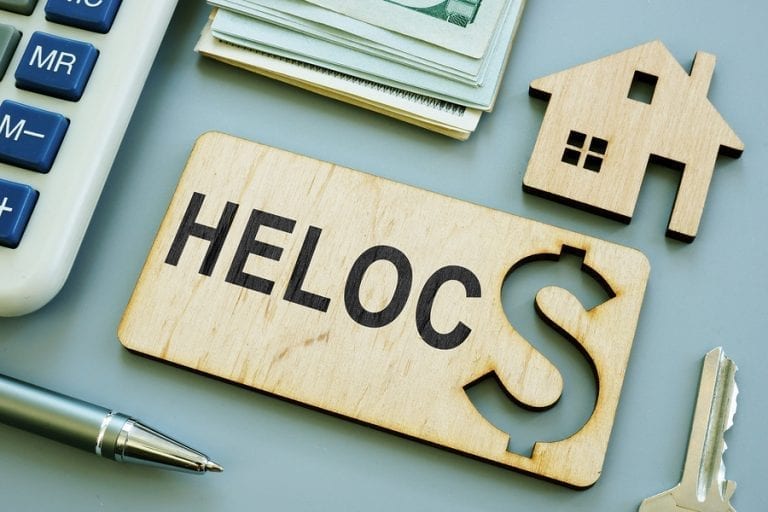What to Know When Considering an HELOC

In the right situation, a home equity line of credit, or HELOC, can be a transformative financial tool that you can leverage to assist with goals like funding home improvements or consolidating debt at a lower interest rate. However, it’s important to know what a home equity line of credit is, and how it differs from other financial options that may be available to you.
What is a Home Equity Line of Credit?
Just like a home equity loan, a HELOC utilizes the equity you have built up in your home. That equity is leveraged as collateral for the loan. The difference between the two comes in how you receive your loan funds. With a home equity loan, you receive your funds as a lump sum. An HELOC functions more like a revolving credit account. You have an upper limit that you can’t exceed, and you can take money from it as you need it.
The benefit of an HELOC is obvious on the surface. With it, you have a pool of money available, but you only pay interest on what you have used. That means in the short term, at least, an HELOC can be a much cheaper option. If you get approved for $50,000, but only need $25,000 initially to reach your goals, you only pay interest on that amount.
With a home equity loan, the money is disbursed in a lump sum, so you are going to start paying interest on the entire amount immediately. Whatever project you have in mind must fit within that initial budget as well. Whether you use it all and need more, or end up taking out more than you need, the deal is done. No more, no less.
Risks Involved With HELOCs
It may seem like a slam-dunk in favor of HELOCs, but there are certain conditions to be aware of. HELOCs aren’t the best choice for everyone.
While they grant you great flexibility, there are some stipulations. If your home’s value drops significantly, your financial institution could choose to freeze your HELOC, or they could close your account altogether. If that happens right when you need it the most, it can present serious financial implications to your plans.
Unlike home equity loans that come with a set interest rate, most HELOCs carry a variable interest rate. In the short term an HELOC can require you to make interest-only payments, but if interest rates rise while you carry a balance, you may find your payments exceeding the set rate of a home equity loan.
Also, with some HELOC loans, there is a “draw period” of usually 10 years where all you need to do is make the loan interest payments. However, after that period you may find yourself on the hook for larger payments. If you haven’t managed your financial status properly before that draw period ends, you may find yourself in over your head.
Of course no matter what financial option you choose to access the equity in your home, there are risks. Be aware of the tax implications of what you are doing as well. You should also ask what happens if you decide to sell your home and you are still carrying a balance.
For more answers about what a home equity line of credit is, and how you can leverage it to achieve your family’s goals, contact us today.
Learning Center

Home Buyer's Guide
Follow our step-by-step guide to learn how to buy a home
Read the Home Buyer's Guide
Today's Mortgage Rates
View today's interest rates for a variety of home loans
View Today's Mortgage Rates
Mortgage Calculator
Calculate your monthly mortgage payment using today's rates
Calculate Your Payment
